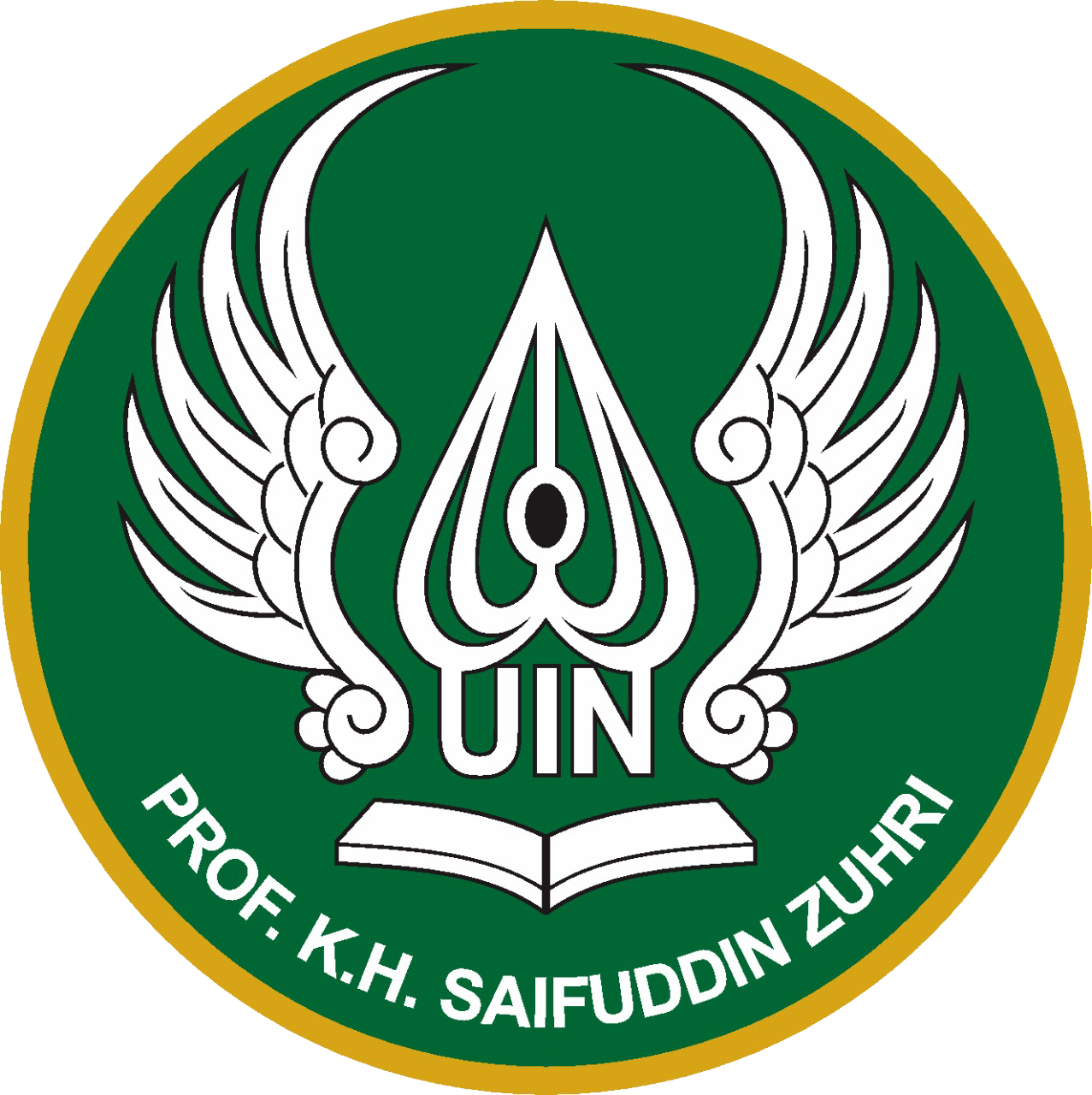Arab Pegon dalam Khazanah Manuskrip Islam di Jawa
Keywords:
Arab Pegon, Islamisasi, Vernakularisasi, PaleografiAbstract
This article attempts to reveal the existence of Arabic pegon and its development in the Islamic manuscript treasures in Java. The script, which was born to accompany the process of islamization in Java, plays an important role in the preservation of Islamic ideas, teachings and traditions in Java, in addition to the hanacaraka script that already existed. By using the paleographic-historical method, this article reveals that Arabic pegon was born from the process of vernacularization of Arabic writing adapted to the Javanese phonological system. Arab pegon was born as an intermediary medium to understand Islamic teachings transmitted in Arabic script, which reached Javanese Muslims who did not have proficiency in Arabic. Not only that, in its development this script was also used for the benefit of the profane Javanese community. Given the wide use of pegon, it is only natural that it became a large part of the Islamic manuscripts in Java from its mere form as a word meaning of a matan at the beginning of its birth, after the XV century, until it became the main text in the XVIII and XIX centuries.References
Ahmad, N. (2020). Wajah Islam Nusantara: Jejak tradisi santri, aksara pegon, dan keberislaman dalam manuskrip kuno (Cetakan pertama). Pustaka Compass.
Baried, S. B. (1994). Pengantar Teori Filologi. Badan Penelitian dan Publikasi Fakultas (BPPF).
Djamaris, E. (1990). Menggali Khazanah Sastra Melayu Klasik. Balai Pustaka.
Fathurahman, O. (2015). Filologi Indonesia: Teori dan metode. Kencana.
Gacek, A. (2001). The Arabic Manuscript Tradition: A Glossary of Technical Terms and Bibliography. Brill.
Geertz, C. (1982). Islam yang Saya Amati: Perkembangan di Maroko dan Indonesia. Yayasan Ilmu-ilmu Sosial.
Hidayani, F. (2020). Paleografi Aksara Pegon. Jurnal Tamaddun : Jurnal Sejarah dan Kebudayaan Islam, 8(2). https://doi.org/10.24235/tamaddun.v8i2.7241
Kuntowijoyo, K. (2013). Pengantar Ilmu Sejarah. Tiara Wacana.
Muftadin, D. (2017). Fikih Perlawanan Kolonialisme Ahmad Rifa’i. JURNAL PENELITIAN, 247. https://doi.org/10.28918/jupe.v14i2.1218
Mulyadi, S. W. R. (1994). Kodikologi Melayu di Indonesia. Fakultas Sastra Universitas Indonesia.
Munip, A. (2016). Tracing the History of the Arabic Javanese Language Translation Books in Nusantara Islamic Education. Jurnal Pendidikan Islam, 5(1), 43–67. https://doi.org/10.14421/jpi.2016.51.43-67
Pudjiastuti, T. (2009). Tulisan Pegon: Wujud Identitas Islam-Jawa. Suhuf, 2(2), 271–284.
Pudjiastuti, T. (2015). Tulisan Pegon Wujud Identitas Islam-Jawa Tinjauan atas Bentuk dan Fungsinya. SUHUF, 2(2), 271–284. https://doi.org/10.22548/shf.v2i2.92
Ricci, R. (2015). Reading a History of Writing: Heritage, religion and script change in Java. Itinerario, 39(3), 419–435. https://doi.org/10.1017/S0165115315000868
Ricklefs, M. C. (2006). Mystic Synthesis in Java: A History of Islamization from the Fourteenth to the Early Nineteenth Centuries. EastBridge.
Sudibyo. (2017). Peradaban yang Terabadikan: Peran Aksara dalam Berbagai Kebudayaan. In Aksara, Naskah dan Kebudayaan Nusantara (pp. vii–vx). Indigo Media.
Umam, S. (2011). Localizing Islamic Orthodoxy in Northern Coastal Java in the Late19th and Early 20th Centuries: A Study of Pegon Islamic Texts. University of Hawai’i.
Yatim, B. (n.d.). Sejarah Peradaban Islam: Dirasah Islamiyyah II. PT RajaGrafindo Persada.
Baried, S. B. (1994). Pengantar Teori Filologi. Badan Penelitian dan Publikasi Fakultas (BPPF).
Djamaris, E. (1990). Menggali Khazanah Sastra Melayu Klasik. Balai Pustaka.
Fathurahman, O. (2015). Filologi Indonesia: Teori dan metode. Kencana.
Gacek, A. (2001). The Arabic Manuscript Tradition: A Glossary of Technical Terms and Bibliography. Brill.
Geertz, C. (1982). Islam yang Saya Amati: Perkembangan di Maroko dan Indonesia. Yayasan Ilmu-ilmu Sosial.
Hidayani, F. (2020). Paleografi Aksara Pegon. Jurnal Tamaddun : Jurnal Sejarah dan Kebudayaan Islam, 8(2). https://doi.org/10.24235/tamaddun.v8i2.7241
Kuntowijoyo, K. (2013). Pengantar Ilmu Sejarah. Tiara Wacana.
Muftadin, D. (2017). Fikih Perlawanan Kolonialisme Ahmad Rifa’i. JURNAL PENELITIAN, 247. https://doi.org/10.28918/jupe.v14i2.1218
Mulyadi, S. W. R. (1994). Kodikologi Melayu di Indonesia. Fakultas Sastra Universitas Indonesia.
Munip, A. (2016). Tracing the History of the Arabic Javanese Language Translation Books in Nusantara Islamic Education. Jurnal Pendidikan Islam, 5(1), 43–67. https://doi.org/10.14421/jpi.2016.51.43-67
Pudjiastuti, T. (2009). Tulisan Pegon: Wujud Identitas Islam-Jawa. Suhuf, 2(2), 271–284.
Pudjiastuti, T. (2015). Tulisan Pegon Wujud Identitas Islam-Jawa Tinjauan atas Bentuk dan Fungsinya. SUHUF, 2(2), 271–284. https://doi.org/10.22548/shf.v2i2.92
Ricci, R. (2015). Reading a History of Writing: Heritage, religion and script change in Java. Itinerario, 39(3), 419–435. https://doi.org/10.1017/S0165115315000868
Ricklefs, M. C. (2006). Mystic Synthesis in Java: A History of Islamization from the Fourteenth to the Early Nineteenth Centuries. EastBridge.
Sudibyo. (2017). Peradaban yang Terabadikan: Peran Aksara dalam Berbagai Kebudayaan. In Aksara, Naskah dan Kebudayaan Nusantara (pp. vii–vx). Indigo Media.
Umam, S. (2011). Localizing Islamic Orthodoxy in Northern Coastal Java in the Late19th and Early 20th Centuries: A Study of Pegon Islamic Texts. University of Hawai’i.
Yatim, B. (n.d.). Sejarah Peradaban Islam: Dirasah Islamiyyah II. PT RajaGrafindo Persada.
Downloads
Published
2022-08-28
How to Cite
Jahuri, J., & Fauji, S. (2022). Arab Pegon dalam Khazanah Manuskrip Islam di Jawa. Jurnal Penelitian Agama, 23(1), 61–80. Retrieved from https://ejournal.uinsaizu.ac.id/index.php/jpa/article/view/6548
Issue
Section
Articles
License
Authors who publish with this journal agree to the following terms:
- Authors retain copyright and grant the journal right of first publication with the work simultaneously licensed under a Creative Commons Attribution-NonCommercial-ShareAlike 4.0 International License that allows others to share the work with an acknowledgement of the work's authorship and initial publication in this journal.
- Authors are able to enter into separate, additional contractual arrangements for the non-exclusive distribution of the journal's published version of the work (e.g., post it to an institutional repository or publish it in a book), with an acknowledgement of its initial publication in this journal.
- Authors are permitted and encouraged to post their work online (e.g., in institutional repositories or on their website) prior to and during the submission process, as it can lead to productive exchanges, as well as earlier and greater citation of published work (See The Effect of Open Access).







